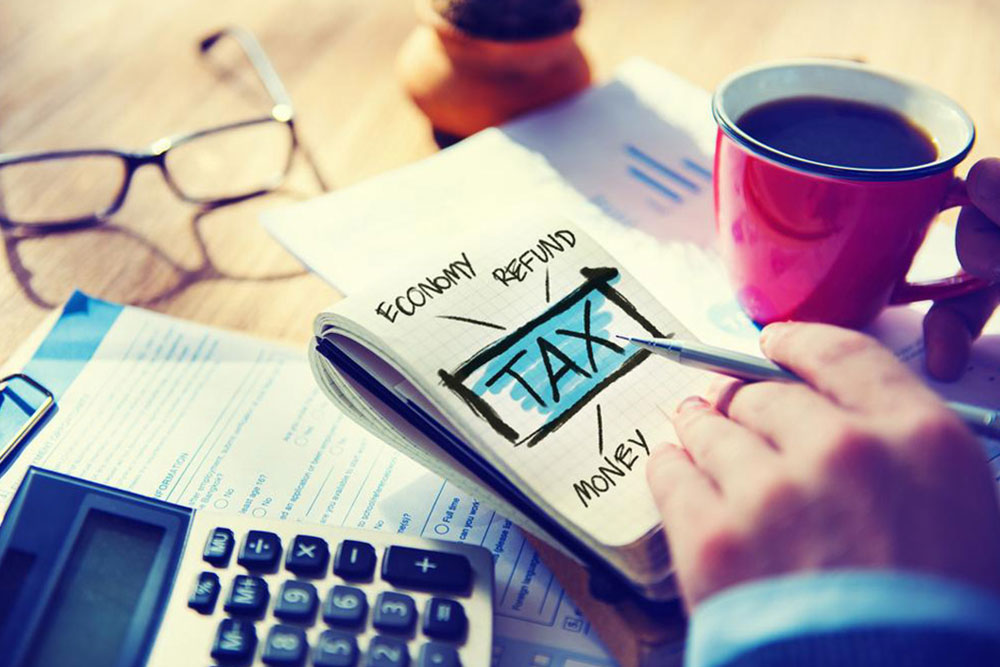Strategies to Minimize Financial Risk via Tax Planning
Learn how to effectively reduce financial risks through strategic tax diversification. This guide explains account types, income brackets, and planning tips to optimize tax benefits and ensure long-term financial stability. Early planning is emphasized for maximum advantage, especially during retirement years.

Effective Strategies for Minimizing Financial Risk through Tax Planning
Tax planning involves allocating investment funds across multiple types of accounts to maximize benefits and reduce risks. This approach, known as tax diversification, typically includes taxable and tax-advantaged accounts, allowing investors to optimize their tax outcomes. In taxable accounts, gains and dividends are taxed upon realization, whereas tax-deferred accounts like IRAs and 401(k)s offer deferral benefits that can enhance growth over time. Properly managing these accounts can help investors mitigate tax liabilities and improve long-term financial stability.
Understanding Income Tax Brackets
Different income types, such as tax-free, taxable, earned, rental, pension, and non-lifetime annuities, influence your overall tax strategy during retirement. Recognizing these categories helps tailor income streams for optimal tax efficiency. During earning years, managing salary and investment income allows for tax planning; in retirement, the new withdrawal options from 401(k)s, IRAs, and similar accounts offer flexibility in controlling taxable income.
Optimizing Tax Brackets
Staying within the 10% bracket up to $18,650 and the 15% bracket up to $75,900 is a recommended approach for tax efficiency. Managing income to stay within these brackets during retirement can reduce overall taxes. Planning withdrawals carefully, especially during months like November and December, and reviewing previous tax returns helps estimate income and plan accordingly. High income levels can trigger additional taxes, such as Social Security, Medicare, and capital gains taxes. Starting tax diversification early, ideally in your 20s or 30s, offers long-term benefits and greater control over your tax obligations.
Important Note:
The information shared on this platform aims to inform and guide readers across various financial topics. While well-researched, it should not replace personalized financial advice. Users are encouraged to consult professionals for tailored strategies. The site disclaims responsibility for any inaccuracies or missed opportunities regarding specific schemes or benefits available outside the covered content.










